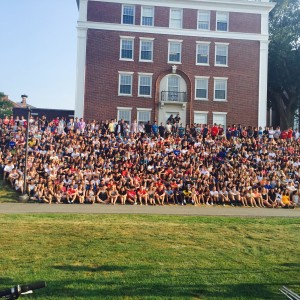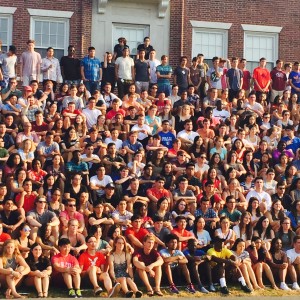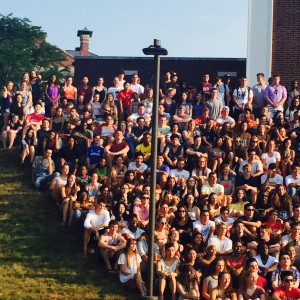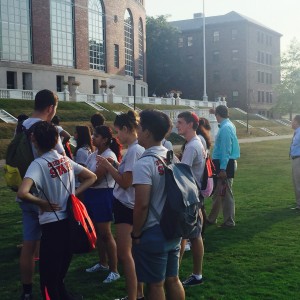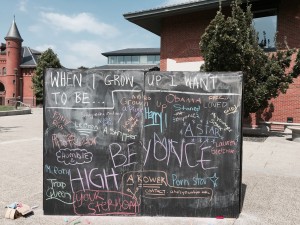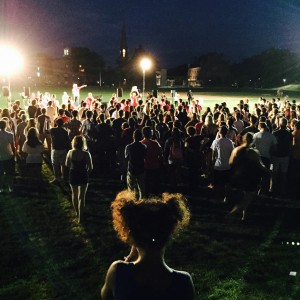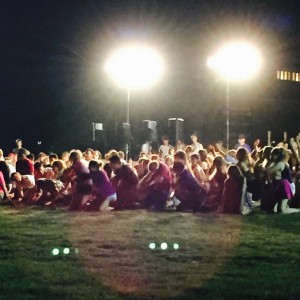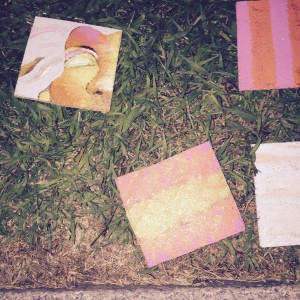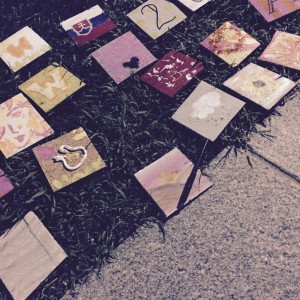Introduction to Experimental Music (MUSC 109)
Fall 2015; Tuesdays & Thursdays, 1:10 p.m. – 2:30 p.m., RHH 003
This course is a survey of recent and historical electronic and instrumental experimental works, with emphasis on the works of American composers. Starting with early experimentalists, germinal works of John Cage and Henry Cowell, Earle Brown, Christian Wolff, and Morton Feldman will be studied; followed by electronic and minimal works of La Monte Young, Terry Riley, David Behrman, Gordon Mumma, Alvin Lucier Robert Ashley, Steve Reich, Philip Glass, Meredith Monk, Laurie Anderson, Glenn Branca, John Zorn, and including discussions of recent work by composers, performers, and sound artists such as Luke DuBois, Tristan Perich, Jacob Cooper, Lesley Flanigan, Nick Hallett, Jace Clayton (DJ /rupture), Jennifer Walshe, and Object Collection. The course includes lectures, demonstrations, and performances, occasionally by guest lecturers.



